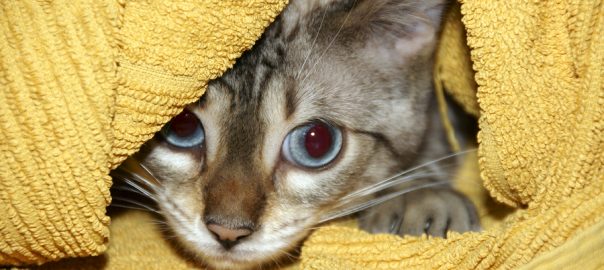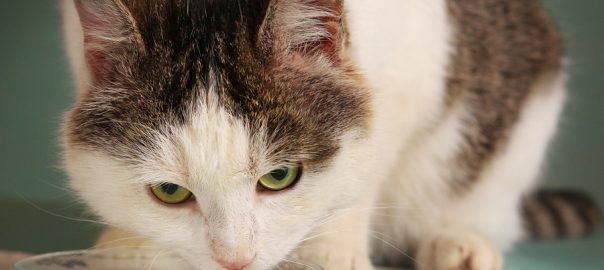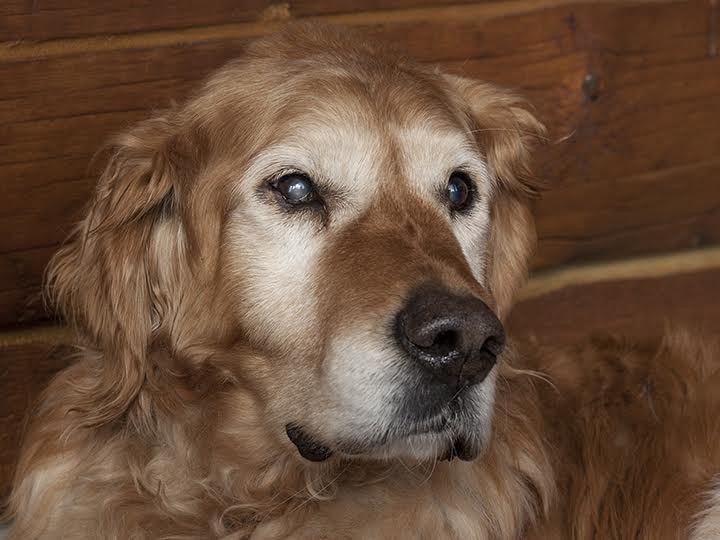Do you have pets with a real terror of fireworks, thunder, and other loud noises? Here’s a tip from Grace Carrin, which she posted on QT Pi Becker’s Facebook page, that is so good I asked her if we could share it. She graciously said yes, in the hope it might help other pets with such severe fear that extreme measures are needed:
Before I moved to my present house, my cats would be scared to death because Caesars Palace was 2 doors down from my house. They were always with the fireworks so I turned a closet in the middle of my house into a hidey room.
It had thick carpeting on the floor so I added some halfway up the walls, put a small litter box in there just in case, put a food and water dish in there also. They also got a cd player in there that played rain and forest sounds. Next time I looked in they were sound asleep.
She also had a tip on preventing the problem from arising in the first place:
I had a friend who trained dogs. He told me he kept a supply of dog treats all over his house so that when there was a thunderclap or a firework, he would call the dogs and say “Yay, yay!” The dogs would come to him to get a treat. After a while, he didn’t have to call them. Right after the first loud noise they’d come running for their treat.
Grace, thanks for the suggestions and sharing your experience!





